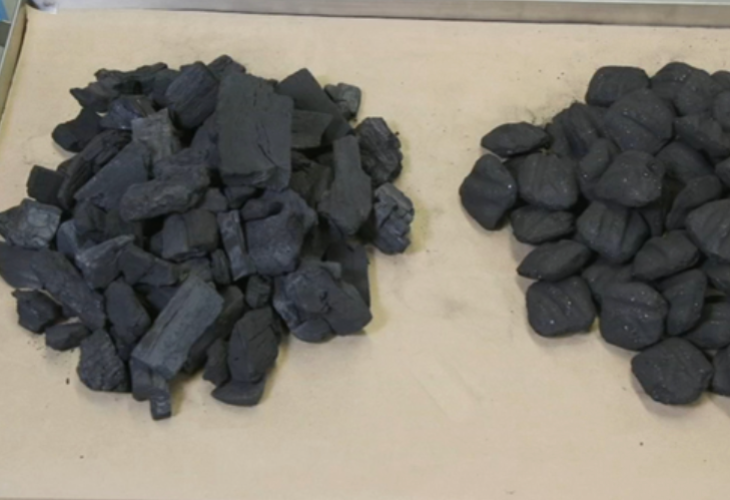The Charcoal Trick: The Surprising Household Hack Millions Are Using
When you hear about this trick, you'll laugh at its irony. But it's real, and millions are swearing by it.

Millions of Americans have already discovered this intriguing trick, and when you learn what it's used for, you might raise an eyebrow—or even chuckle at the irony.
It sounds strange at first: using something known for creating dust to clean dust. How could that be?
Turns out, charcoal isn't just for barbecues—it's great for dusting as well. Yes, you read that right.
Tom K., a writer from Nebraska, felt compelled to try this trick himself to verify its effectiveness. He later documented in his blog: "I was skeptical but had to give it a shot, and I can't argue with the results. It worked brilliantly, and the air in my home feels fresher now."
Tom added that this "craze is sweeping the nation," with even air filtration experts praising its effectiveness. Jonah R., a researcher leading studies on natural impacts on technology, explains: "There's a reason why many of today's tech innovations strive to mimic natural processes. This trick shows that older methods aren't necessarily useless."
The core of this trick is not just any charcoal, but activated charcoal, using it is as simple as it gets: sprinkle tiny charcoal pieces in the corners of your rooms to absorb dust and allergens.
***
"Charcoal has unique magnetic properties that attract dust and trap it in a web-like structure, preventing it from being redistributed," says Jonah. "This new trend is revolutionizing passive filtration and purification methods. It's an effortless way to clean the air without costly filters or daily dusting."
An article on Breathe Fresh elaborated that activated charcoal is created by heating wood or other organic materials and is widely used across industries, including purification and cleaning.
For example, activated charcoal filters purify water, making it safer to drink. In homes, these filters remove harmful particles from cleaning products, coolants, paints, cooking fumes, pet dander, and other irritants.
Those with respiratory issues like asthma benefit greatly from activated charcoal filters, which effectively remove environmental 'triggers.'
Activated charcoal also neutralizes unpleasant or stubborn odors across the home.
Whether it's burnt food, strong spices, or lingering cigarette smoke, activated charcoal is perfect for the job.
Charcoal can even mask chemical or persistent odors after pest control treatments. People use activated charcoal products to keep refrigerators fresh and remove musty smells from washing machines.
How and Where to Use Activated Charcoal Indoors
No need to look far to find uses for activated charcoal at home or the office. With hundreds of products incorporating activated charcoal as a key ingredient, air purifiers and conditioners with charcoal filters can free environments of allergens and pollutants.
Some prefer burning small charcoal pieces to cleanse the air of toxins, but caution must be taken due to fire risks.
In kitchens, activated charcoal can help eliminate cooking fumes and burnt food smells.
In bathrooms, it does double duty by preventing mold and bacteria while keeping air fresh.
It also removes harmful particles from the air caused by common household cleaners. Like many families, you probably have various cleaning products under the sink, exposing you to these toxins daily. Some even use activated charcoal in unexpected places like the garage or basement.
Thanks to its high absorption capacity, charcoal has been used for centuries to remove impurities from air, water, and other materials. It's time you get to know it and use it (following manufacturer instructions, of course).

